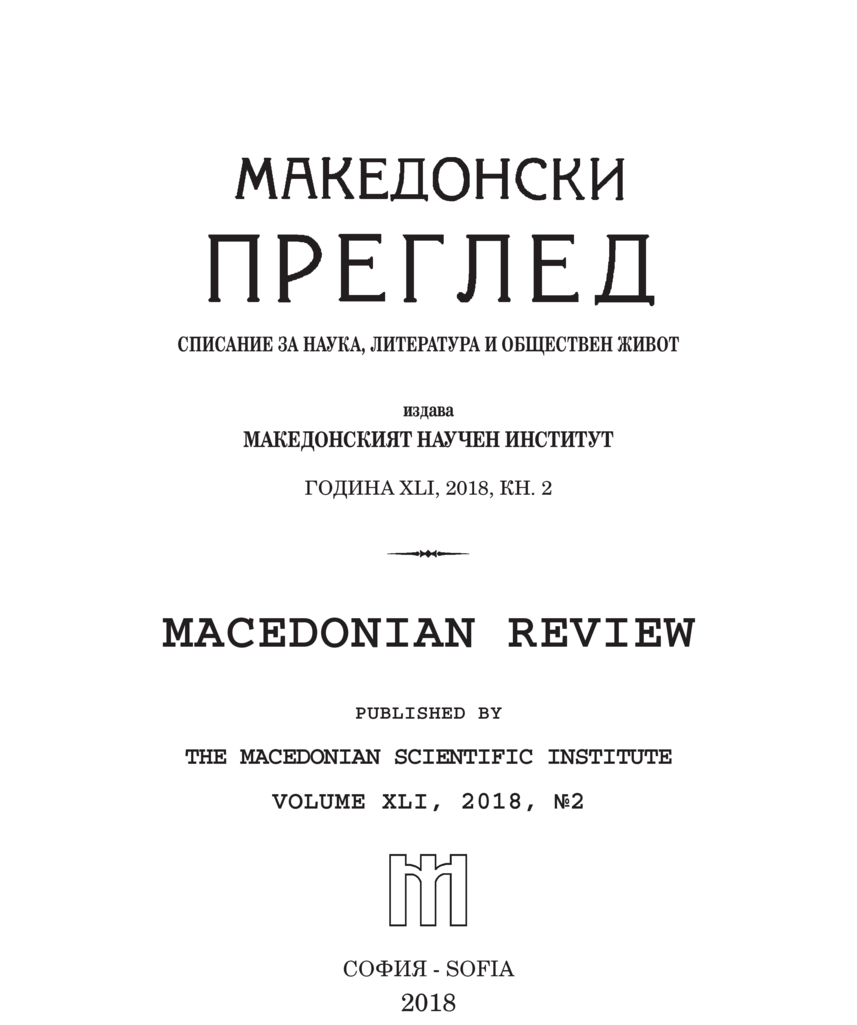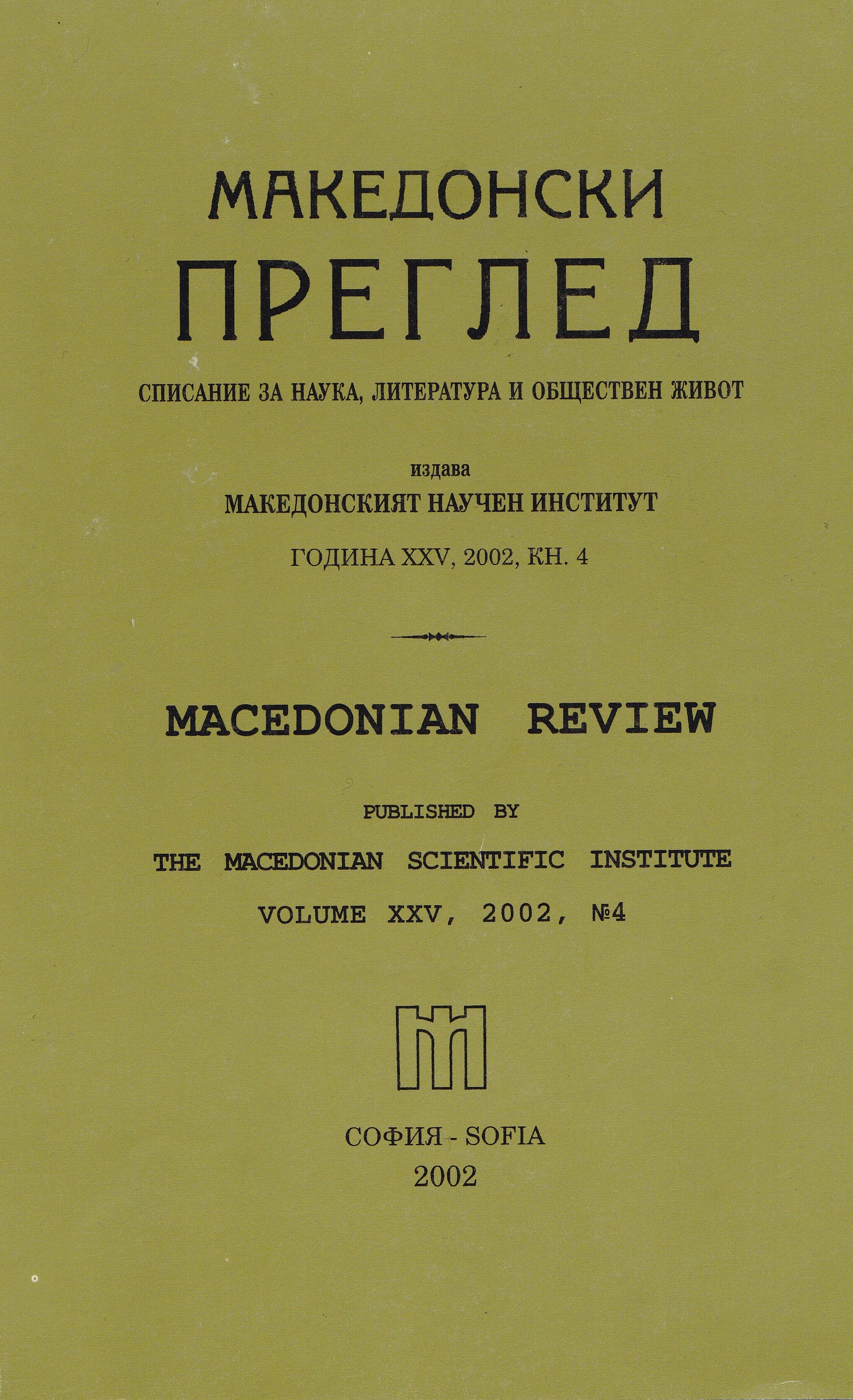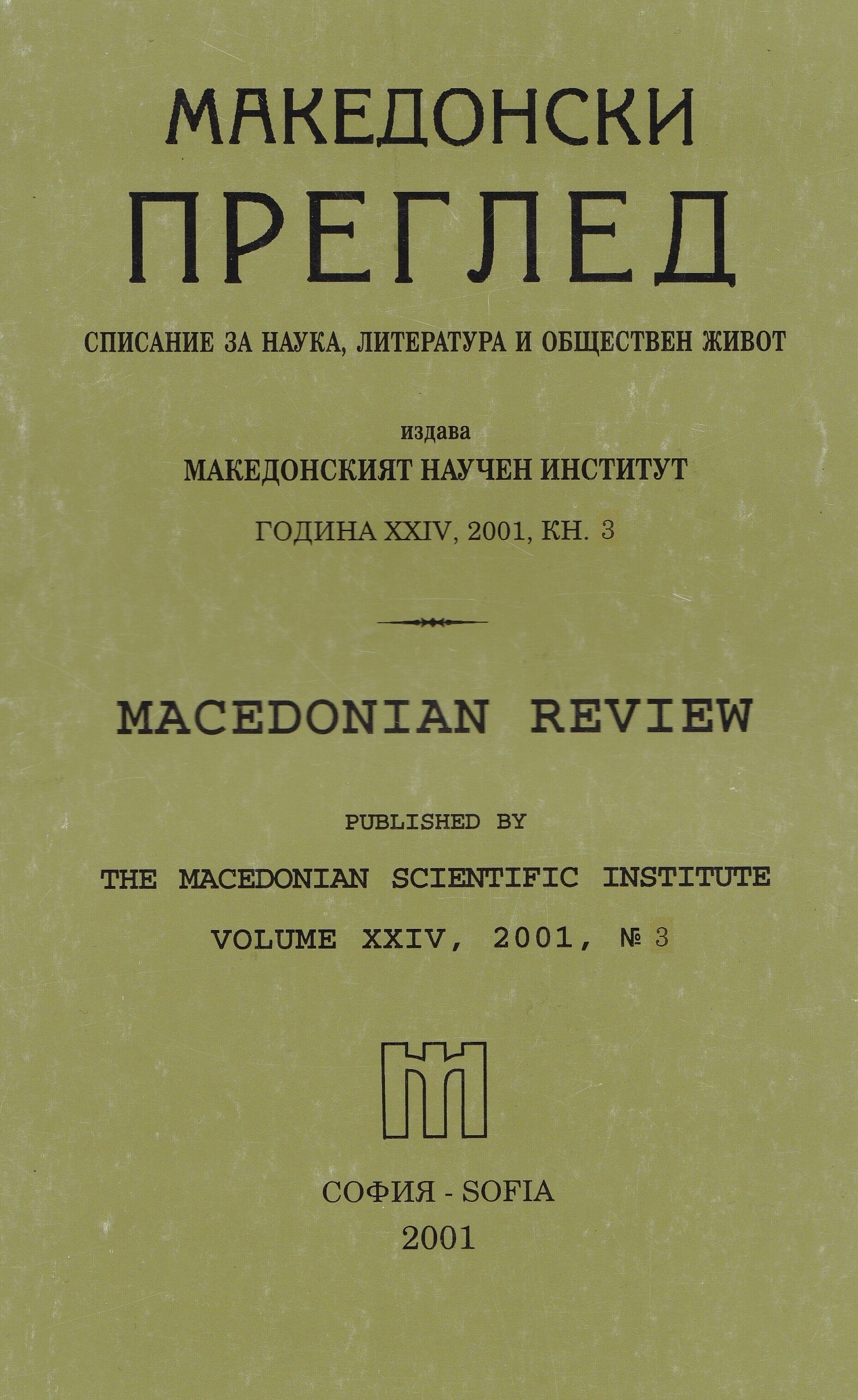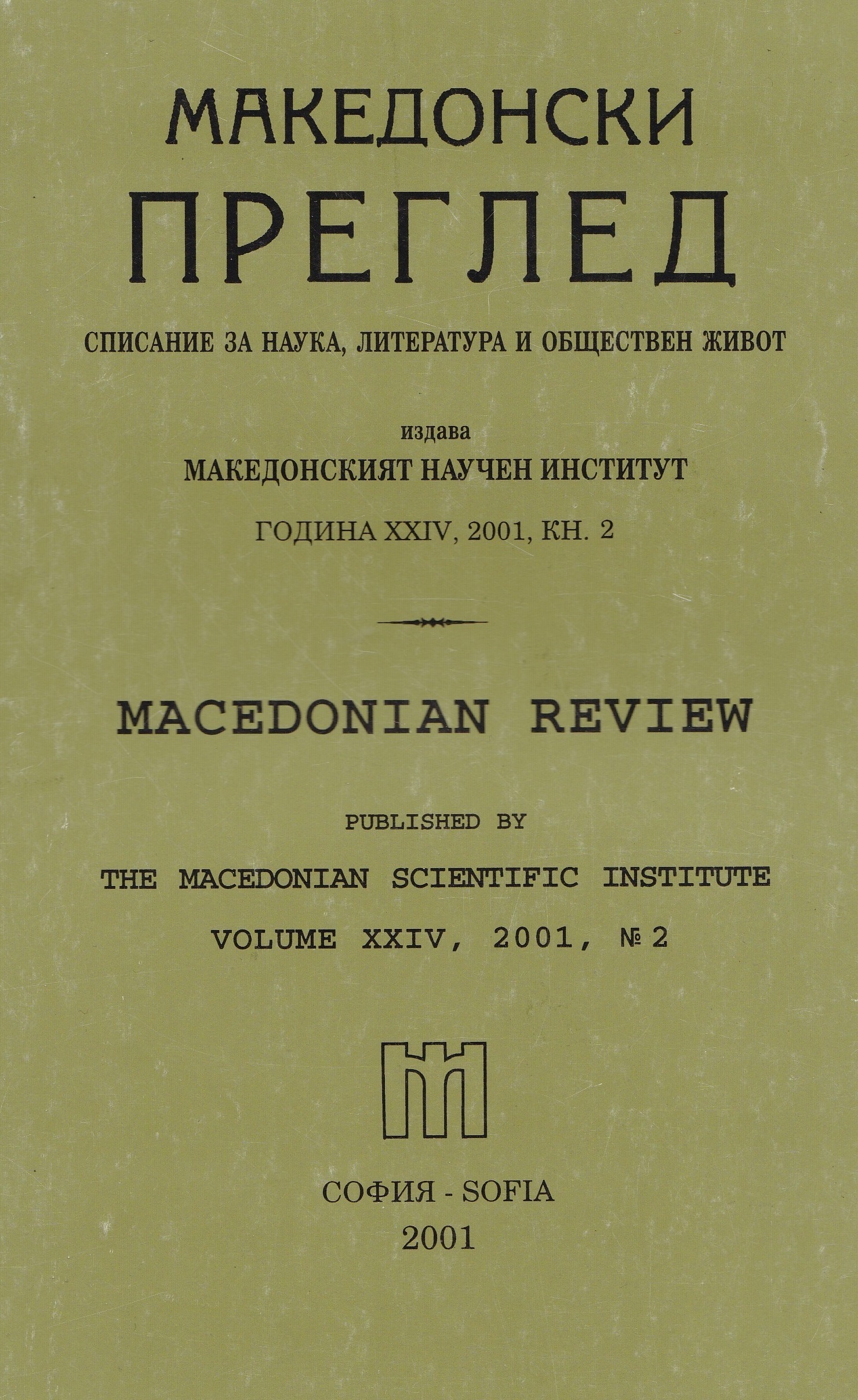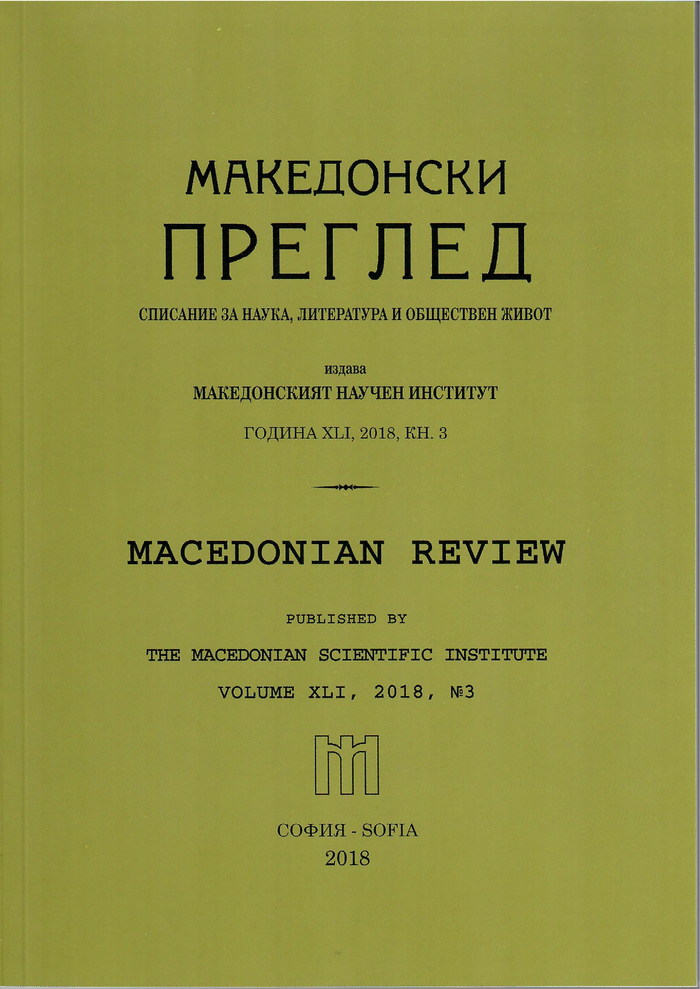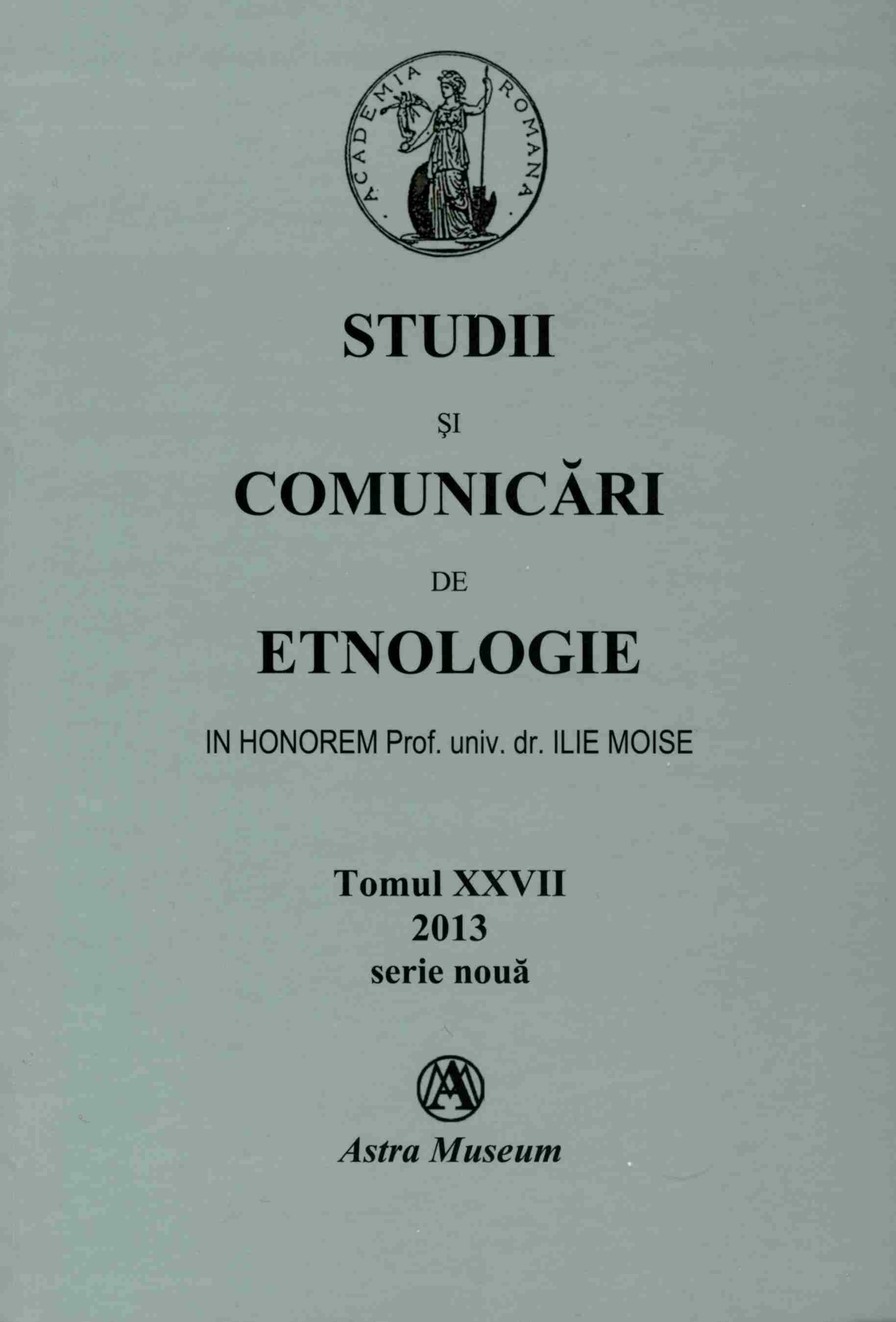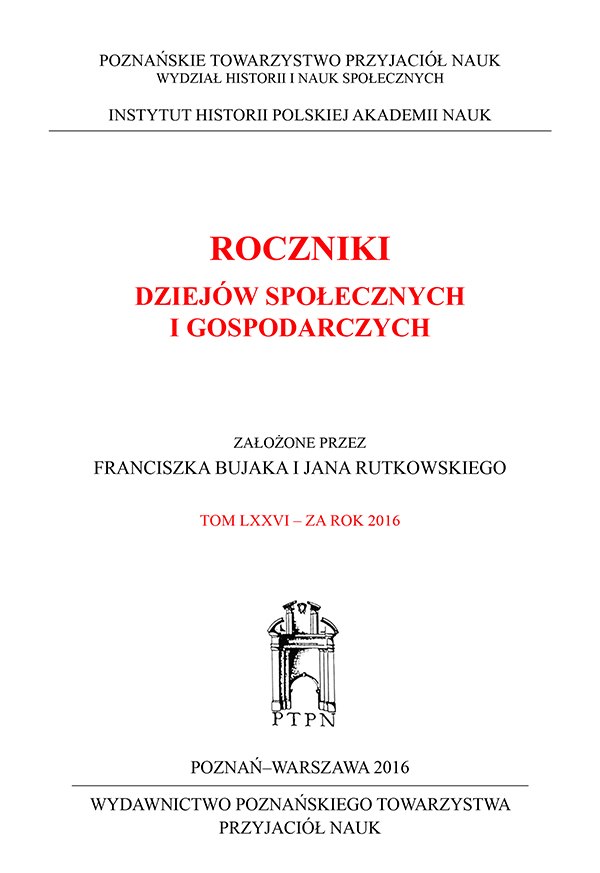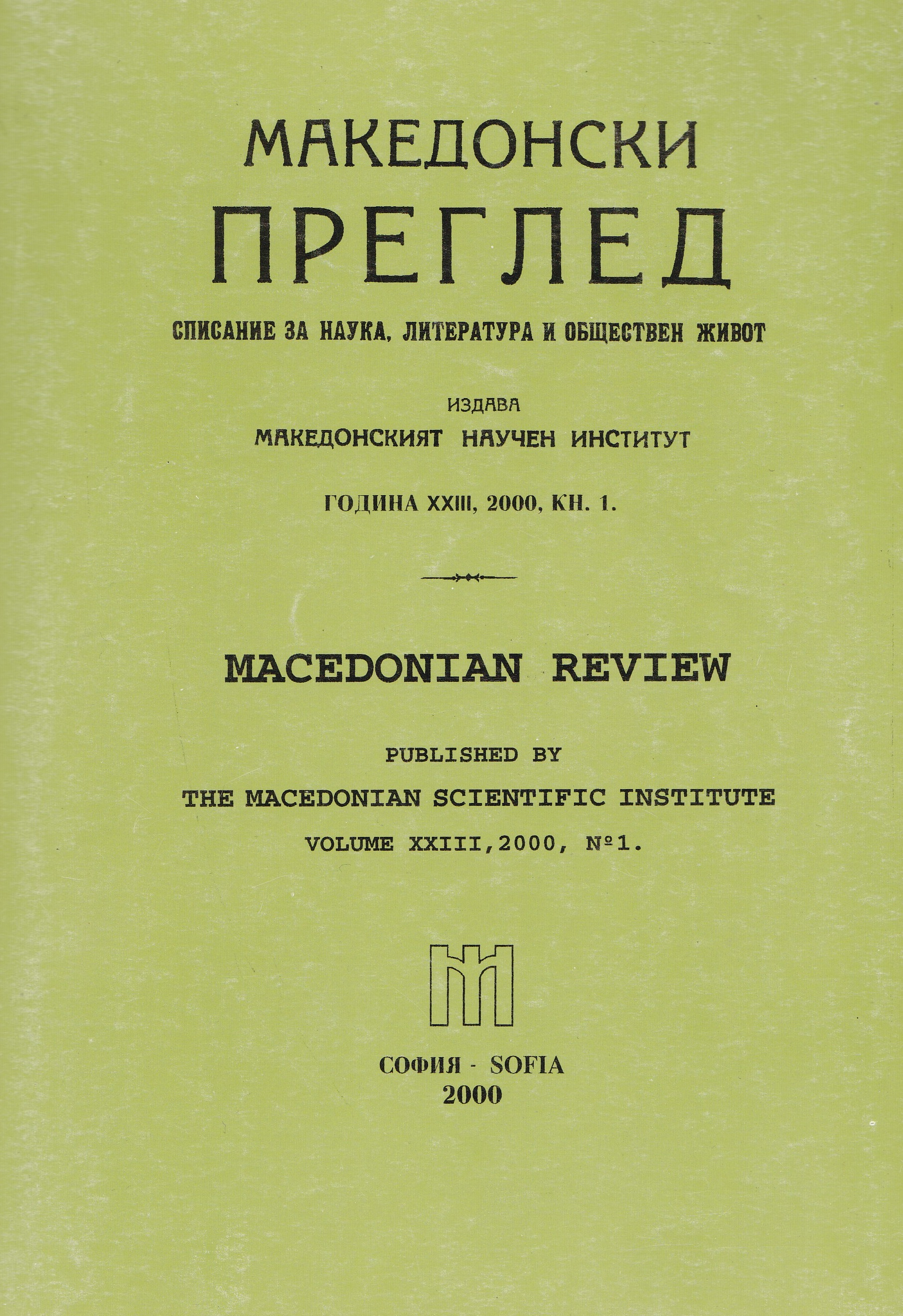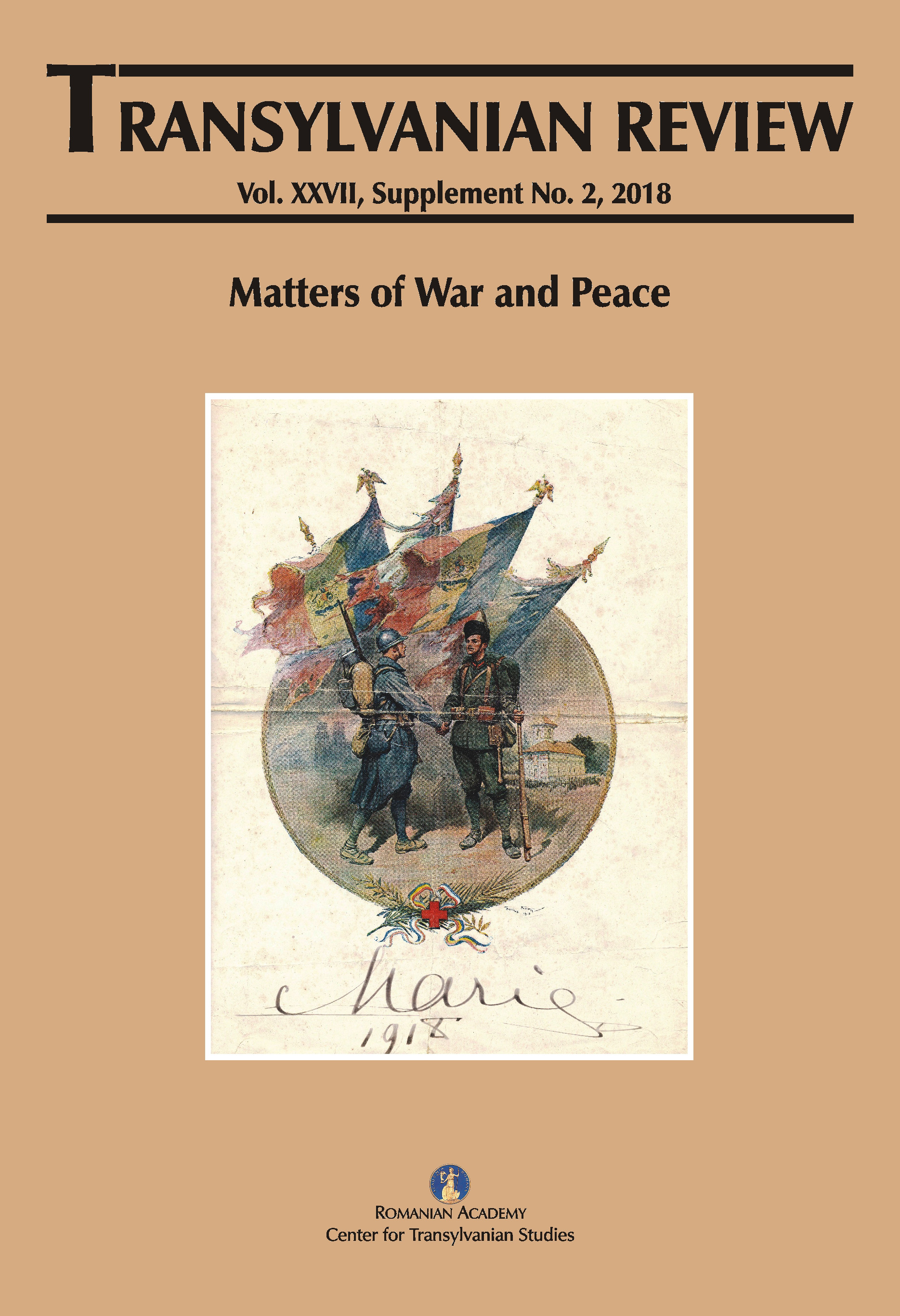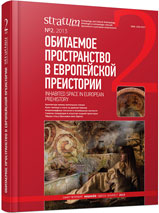
Культ жилища и очага у племен майкопско-новосвободненской общности (к проблеме символики обитаемого пространства)
The article is devoted to studying of clay “fire-dogs” of the Maykop-Novosvobodnaya cultural area of the IV mill. BC. The typology of the finds and their analogies in the Near East are characterized. The problem of symbolism of these objects is specially considered. It can be supposed that prototypes of some forms of “fire-dogs” could be figurines of goddess of fertility from the Neolithic cultures of Asia Minor (Hoyucek tepe). It is on these figurines that the stomach of the woman is especially underlined with a dot or hole. Additionally the image of the body without head and legs had special meaning. They can be treated as clay abstract figures of the goddess of fertility. The most ancient analogies to Maykop “fire-dogs” are found in the layer Tepe-Gawra XII about 4000 BC. A. Tobler named them “symbols of dwellings” since they are mainly found in settlement constructions. Their finds in burials are rare. “Fire-dogs” of specific types are characteristic of Galyugaevskaya-Sereginskoe and Psekups variants of the Maykop-Novosvobodnaya cultural area. For the Dolinskiy variant flat-concave bricks are typical. In the Novosvobodnaya group “fire-dogs” are unknown. They are also missing in the Leilatepe culture in Azerbaijan. This fact demonstrates once again differences in household use between Maykop-Novosvobodnaya and Leilatepe population.
More...
